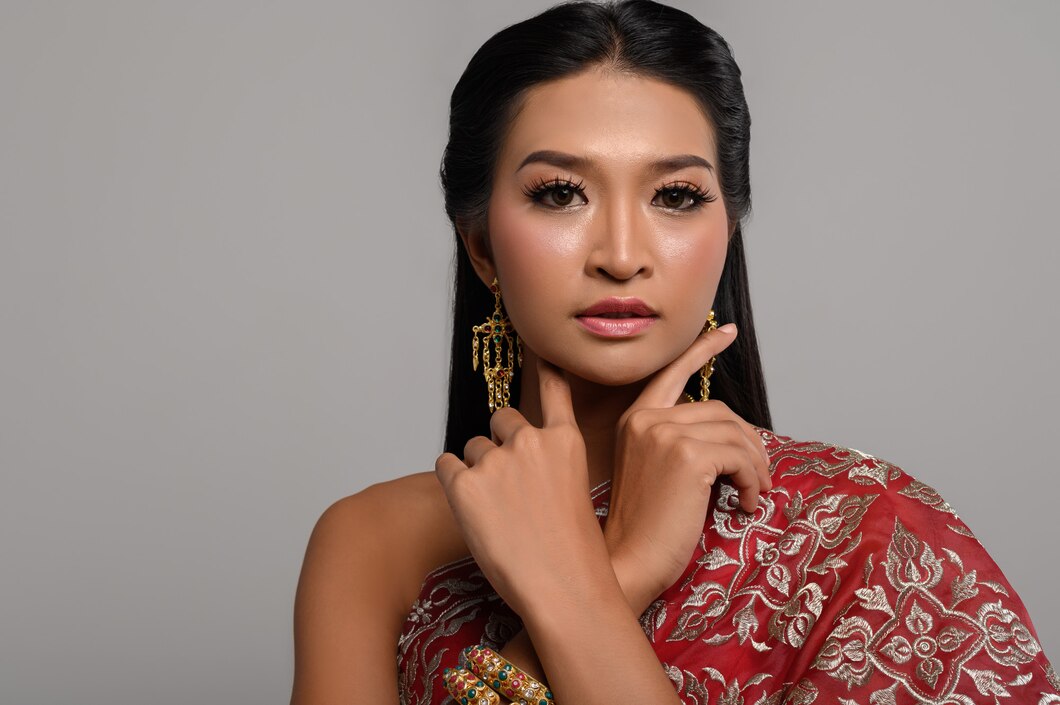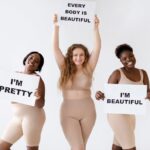Makeup has been a fundamental part of human culture for thousands of years, serving as a means of self-expression, a tool for social signaling, and a marker of identity. Across different cultures, makeup practices and their meanings vary widely, reflecting diverse histories, values, and aesthetics. This article delves into the role of makeup in various cultures, exploring how beauty traditions are shaped by social, religious, and cultural influences.
1. Ancient Egypt: A Legacy of Elegance and Spirituality
In ancient Egypt, makeup was not merely a cosmetic luxury but a vital aspect of daily life and spirituality. Both men and women adorned their eyes with kohl, a black substance made from galena, to create the iconic almond-shaped outline that has become synonymous with Egyptian beauty. This practice was believed to protect against evil spirits and the harsh desert sun. Green malachite was also used to enhance the eyes, symbolizing fertility and rebirth. The careful application of makeup was a reflection of one’s devotion to the gods and the desire to maintain order and balance in life.
2. Geisha in Japan: The Art of Transformation
The Geisha of Japan represent one of the most recognized beauty traditions in the world. Their elaborate makeup, characterized by a white base, red and black accents around the eyes, and bold red lips, is an art form that has been perfected over centuries. The white face paint, made from rice powder, symbolizes purity and elegance, while the red and black colors convey emotions and rank. The Geisha’s makeup is not just for aesthetics; it is a symbol of their role as entertainers and cultural preservers, conveying grace, discipline, and artistic skill.
3. India: The Spiritual and Symbolic Significance of Makeup
In India, makeup is deeply intertwined with cultural and religious practices. One of the most prominent examples is the use of kumkum, a red powder applied to the forehead, which holds significant spiritual meaning. Married women traditionally wear the sindoor, a red or orange-red powder applied along the hairline, symbolizing marital status and the blessings of goddess Parvati. The bindi, often a red or black dot on the forehead, represents the third eye and is a sign of wisdom and spiritual awakening. Beyond these, Indian makeup rituals include kajal (kohl) for the eyes, which is believed to ward off evil, and intricate henna designs for weddings and festivals, symbolizing joy and prosperity.
4. The Americas: Indigenous Makeup Traditions
Indigenous cultures across the Americas have long used makeup as a means of expression and connection to the spiritual world. For many tribes, face and body painting are vital during rituals and ceremonies. In the Amazon, the Yanomami tribe uses red pigment from the urucum plant to paint their faces and bodies, symbolizing courage, protection, and the vitality of life. Similarly, the Mayan and Aztec civilizations used natural pigments to adorn their skin, often reflecting their social status, role in society, or preparation for battle. These practices were not just about beauty but were also deeply spiritual, connecting individuals to their ancestors and the natural world.
5. The Middle East: The Timeless Beauty of Kohl
In the Middle East, kohl has been used for centuries not only as a beauty enhancer but also for its medicinal properties. Traditionally made from a mixture of ground stibnite or galena, kohl is applied around the eyes to create dramatic and protective eye makeup. It was believed to ward off the evil eye and protect the eyes from harsh sunlight and dust. Beyond its protective functions, kohl holds a place in the cultural and religious practices of many Middle Eastern societies, symbolizing purity, health, and beauty.
6. West Africa: The Bold Expression of Identity
In many West African cultures, makeup and body art are integral to identity, social status, and rites of passage. The Fulani women of West Africa, for example, are known for their elaborate use of henna and indigo to create intricate patterns on their hands and feet for special occasions like weddings. The Tuareg men of the Sahara desert, known as the “Blue People,” traditionally apply dark kohl around their eyes to enhance their appearance and protect them from the desert sun. Additionally, face painting is common in festivals and ceremonies, often using colors that signify different aspects of life such as fertility, protection, and spiritual connection.
7. Contemporary Western Culture: Makeup as a Tool for Self-Expression
In contemporary Western culture, makeup has evolved from traditional norms to become a powerful tool for self-expression and creativity. The beauty industry has expanded to include a wide range of products that allow individuals to experiment with different looks, from the natural “no-makeup” makeup look to bold, avant-garde styles. Social media platforms have played a significant role in this transformation, providing a space for makeup artists and enthusiasts to showcase their talents and redefine beauty standards. Makeup in the West is now as much about individuality and artistry as it is about enhancing one’s features.
Makeup is more than just a tool for enhancing physical appearance; it is a reflection of cultural identity, social values, and historical traditions. Across the world, beauty practices have been shaped by a myriad of influences, from religious beliefs to social hierarchies, creating a rich tapestry of makeup traditions that continue to evolve today. Understanding these diverse practices not only broadens our appreciation for beauty but also deepens our understanding of the cultural significance behind the art of makeup.








